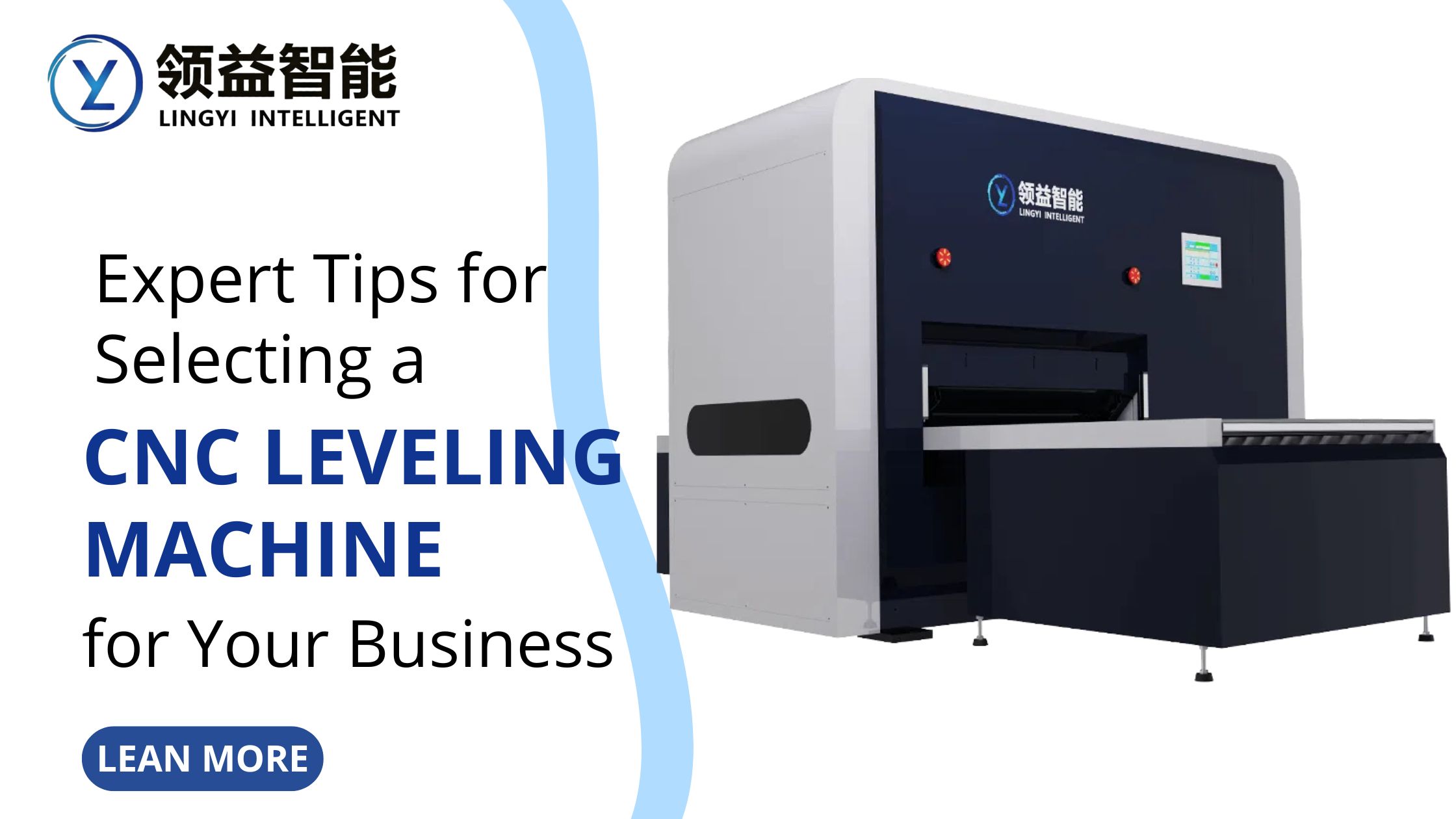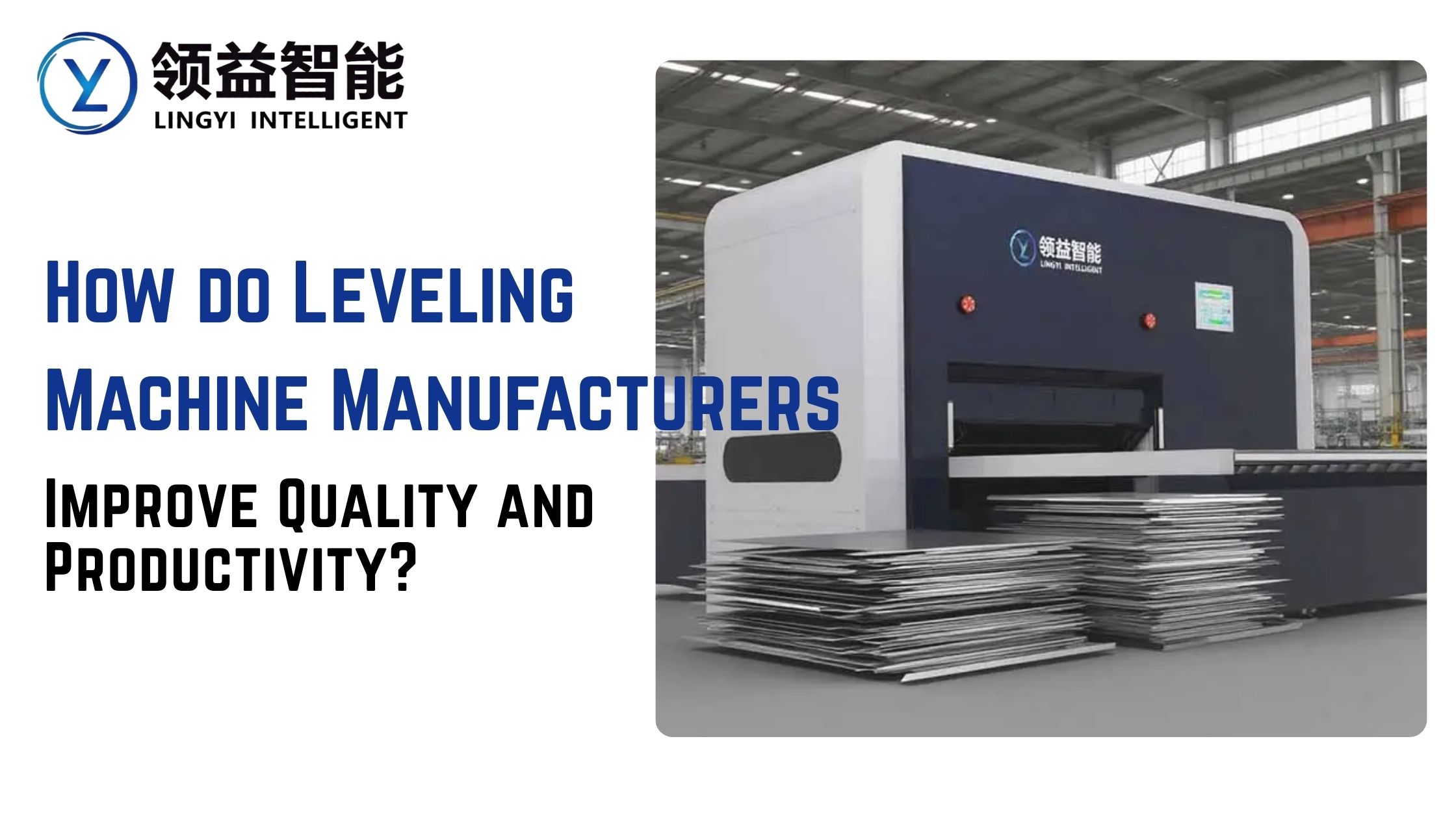Cut to length (CTL) is a critical process in manufacturing, particularly in industries dealing with materials like metal coils (steel, aluminum, stainless steel), but also applicable to other materials like fabric, paper, and even rebar. It involves precisely cutting large rolls or coils of material into specific, predetermined lengths.
Here are the key advantages of CTL
Reduced Material Waste: By precisely cutting raw material to the exact required dimensions, cut to length minimizes off-cuts and scrap.
Improved Material Handling and Storage: Cut to length pieces are easier and safer to handle, transport, and store.
Enhanced Production Efficiency: Pre-cut materials are ready for immediate use in downstream processes (e.g., stamping, forming, welding, assembly).
Consistent Quality and Precision: Modern cut-to-length lines utilize advanced technology to ensure consistent cut lengths and squareness with tight tolerances.
Reduced Labor Costs: Automation cuts manual work and error risks.
Improved Safety: Cutting large materials reduces handling hazards.
Flexibility and Customization: Lines adapt quickly for varied lengths, meeting changing demands.
Better Inventory Management: Bulk orders cut to size as needed, optimizing inventory.
Reduced Machine Downtime: Consistent blanks prevent jams in downstream equipment.
Optimized Downstream Processing: Uniform blanks ensure smooth feeding, maximizing machine efficiency.
Cut-To-Length processing is a foundational technology in modern manufacturing, enabling businesses to achieve higher levels of precision, efficiency, and cost-effectiveness while contributing to reduced waste and improved product quality.



